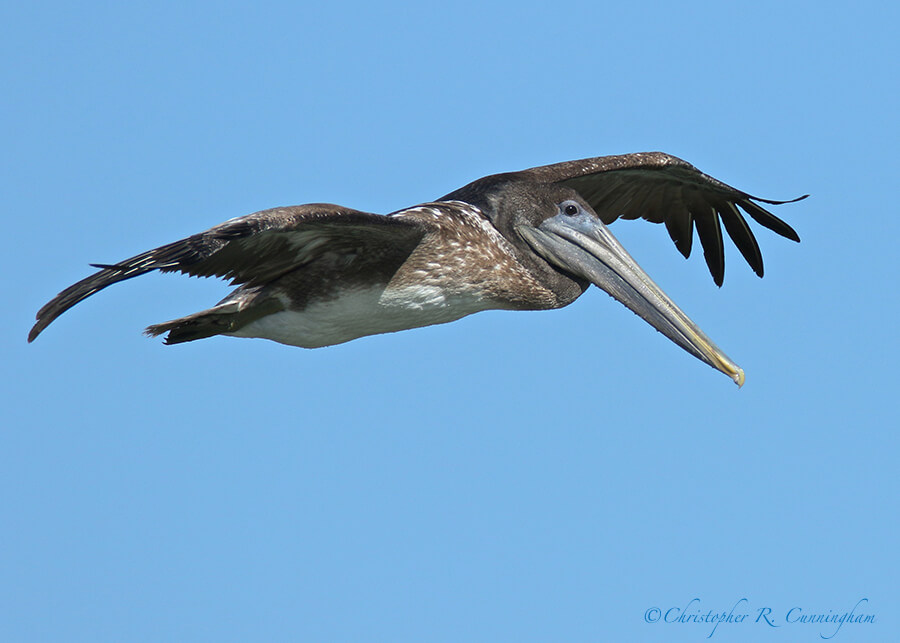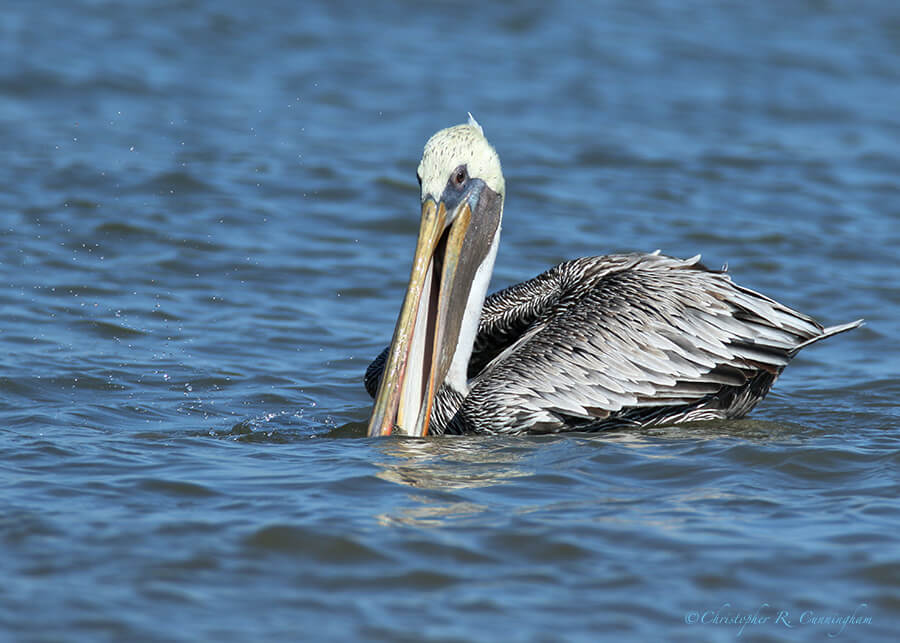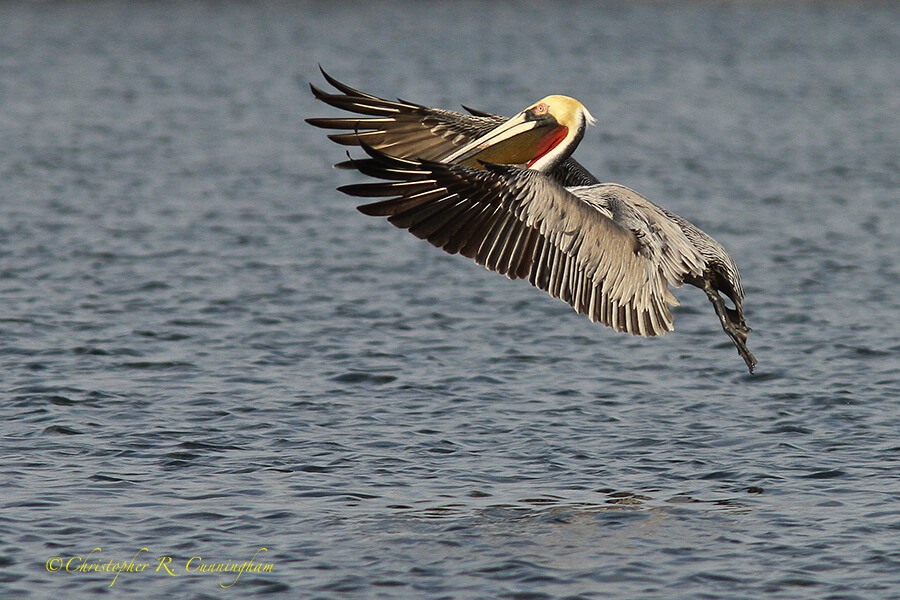The story as told in The Odyssey doesn’t hold water. There are too many inconsistencies.–Margaret Atwood

Last weekend we made the most of the phenomenal weather and birded the Coast, specifically East Beach, Galveston, and Frenchtown Road, Bolivar Peninsula. Although the weather was amazing, not many birds were around, Brown (and a few American White) Pelicans, excepted. A spectacular frenzy of diving for fish that I observed near Frenchtown Road got me thinking about Brown Pelicans.

I was tempted to repeat the oft-told (and published) tale of how how DDT usage caused the decline of these birds in the U.S. through egg shell thinning, and how they rebounded once the pesticide was outlawed. An offhanded recent comment by an astute friend with a chemistry background (DT) that “DDT doesn’t cause egg shells to thin” gave me pause, though.
A quick internet search revealed a wealth of information about the numbers of Pelicans present in Texas and California in the early to mid-20th Century, as well as other potential causes for the collapse of Brown Pelican populations. I would encourage readers to do their own search and come to their own conclusions . . . . but by my reading of history, in California, the story involves oil spills (note ingested oil does cause thinning of egg shells), disease (Newcastle Disease, specifically), and (horrifyingly) the outright killing and disturbance of nesting birds by, of all people, government employees.
In Texas, the story appears more straightforward: hunters and fisherman in the early 20th Century (before DDT) simply shot most of them. Since the Brown Pelican was placed upon the Endangered Species List in 1970, its numbers have rebounded—and I for one am delighted.

©2015 Christopher R. Cunningham. All rights reserved. No text or images may be duplicated or distributed without permission.